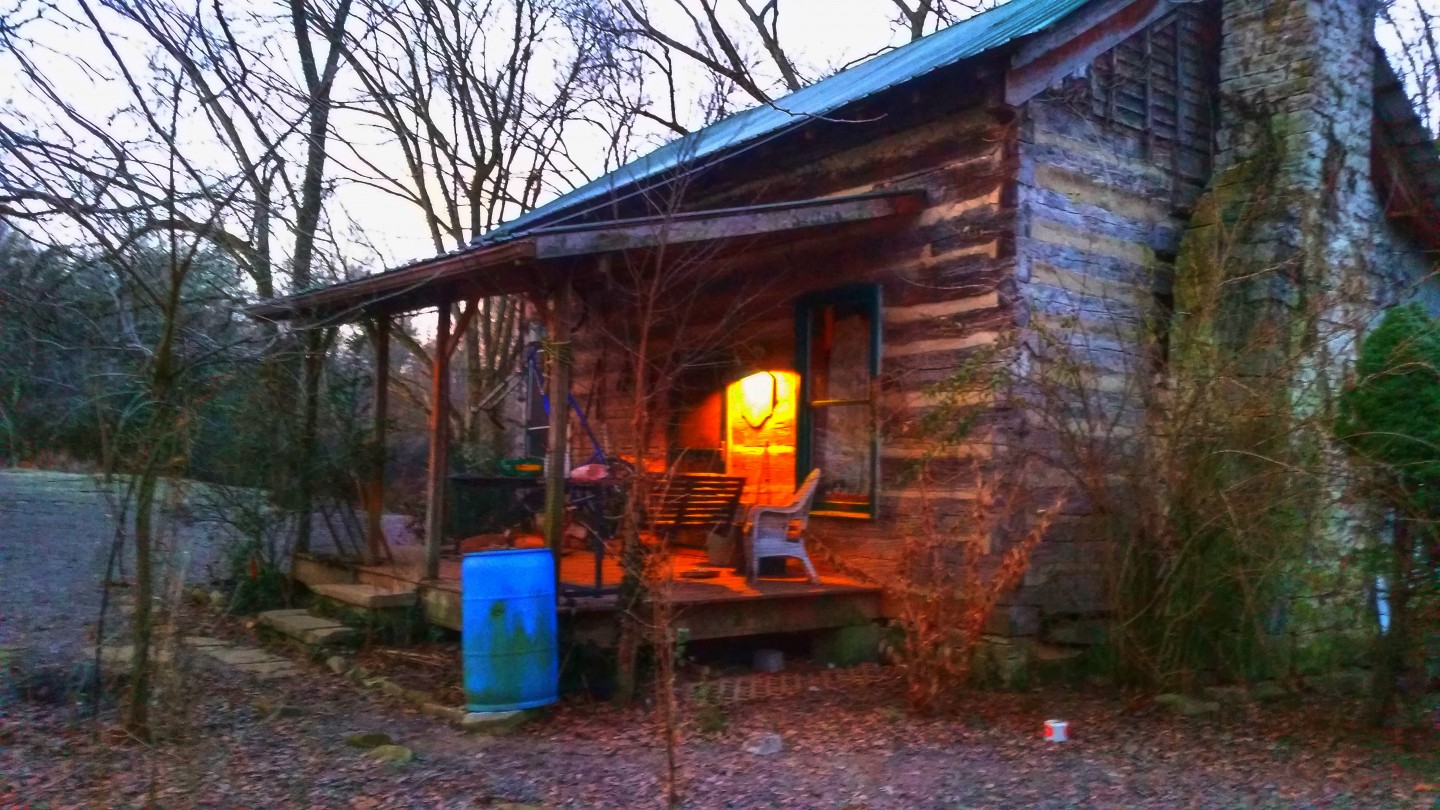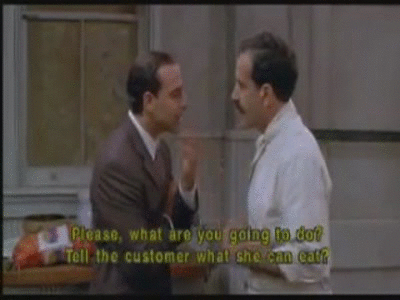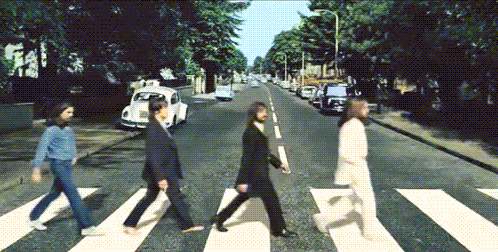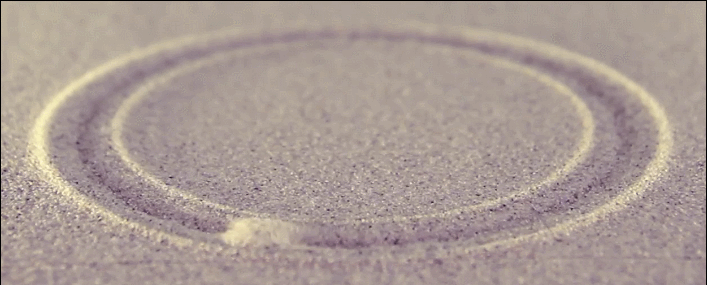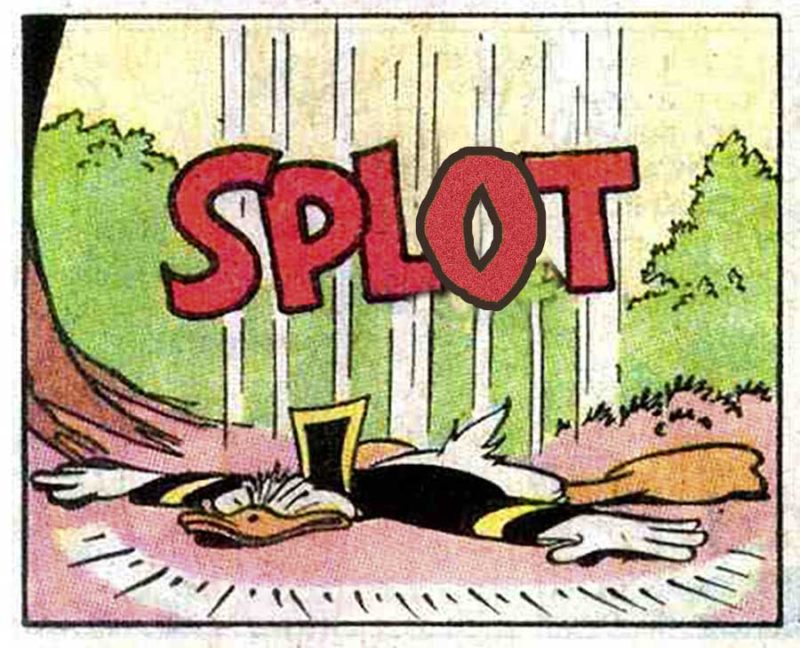I have a class of posts that I think of as participatory epistemologies. The participation comes from the active decision to read and appreciate in an unhurried way, recursively in all dimensions.
Here is my checklist for how I do that slow reading:
- Look up: highlight and search Google using the right click function on the text or other media in the post. Save the interesting stuff into your info cubby of choice. Evernote, Google Drive, Dropbox, One Note, and Pocket are just a few possibilities. I use Diigo mostly, but if I want to curate and share I also use Scoop.it.
- Look down: drilling down into the piece, annotating and coming to understand and empathize with the piece through the writer’s heart as much as possible. This involves for me exploring the diction of the piece through software like the OED or by grabbing a good dictionary like the Oxford American Dictionary & Thesaurus. This is the initial observation that leads toward understanding. There can be quite a bit of rabbit-hole work here for some, for others perhaps there is a leading question like “What is the author’s purpose and audience?” This look down always feels messy to me.
- Look through: this involves the translation of the text. I think of this conventionally as writing a summary or actually creating a “tl;dr” with the text. You must participate in a piece in order to summarize. Slowly. There are other ways to translate. I use tools like Zeega or Weavly or PopcornMaker or the like to take text and transform text into static and moving images and sound as well as text. This is a very slow business. Like a poetry explication this process can be very literal. In other words one might convert a word or phrase into its sound or image counterpart. The word ‘running’ in the text becomes the actual image on the screen. But the process can be highly figured, too. It can be a translation of the tone in the text or a reconfiguring of the symbols and metaphors there. Either way this kind of participatory epistemology is slow, even intimate, and only done well with love and a tender touch.
- Look all around: I think of this as “antennae out”. The analogy for me is driving. When I am in a dodgy driving situation I signal my intention to open up my awareness by almost creating antennae with my little fingers. I know it seems silly but this embodiment signals at least for a short time my heightened awareness of the danger. It signals that I am entering a different state of knowing. I get the same sense sometimes when I slow read. For some reason the antennae of attention are like the hackles, they rise a bit as a signal that something ‘wicked’ this way comes. And by wicked I mean wicked cool or wicked interesting. This kind of attention is not sustainable for me for very long, but I am always attuned to it and will often stop and observe like a bird watcher in the woods expanding to the periphery where most of the vision really is.
The goal of this kind of knowing is personal too be sure. It feels good to make sense of the sensorium. There is a lot of serious happy brain chemistry that goes on as one integrates in this slow way. It seems very like eating a grand, multi-course feast.
But the larger satisfaction for me in this slow focusing and un-focusing is that having made sense I share out what that is.
That is the participatory part of this slow epistemology that reaches out to connect with others. And that is the slow work of the gardener and the husband and the midwife and the teacher. We cast seed, manna into the world, knowing that much will never sprout and feed another and that some will. But that understanding is what is required in slow reading and slow learning and slow living.
The process of slowness reminds me of the zen practice of walking meditation where instead of using the moving breath as an anchor for attention, you use your moving feet. Slow reading uses the power of someone else’s ideas, a breathing of sorts as well as a walking, words and ideas pacing deliberatively across the post.
The post that inspired this walking meditation was a Storify by Daniel Durrant (https://storify.com/ddrrnt/mindfulness-in-the-slow-renissance) about the slow movement. His Storify post repays the kind of work that I advocate and practice above. I realize that the clamor for our attention seems more insistent by the minute, but at some point we must pare away, to creatively abandon trying to have it all. We have to leave the island of the the lotus eaters. At some point I have come to William Blake’s proverbial wisdom even if I am still a rough acolyte in its practice:
To see a World in a Grain of Sand
And a Heaven in a Wild Flower,
Hold Infinity in the palm of your hand
And Eternity in an hour.
